This week on The Great Indoors Podcast, Sophie and I give the first half of an extended show to listen to black voices from the interiors industry. We asked them to record their experiences, as far as possible, so that you can hear their voices speaking. We spoke to designers and stylists who have direct experiences of cold hard racism, we spoke to magazine editors (past and present) and television casting directors who are trying to do their part to amplify black voices and we spoke to designers and makers who have added their thoughts. It’s not always an easy listen. And nor should it be. We do not offer a solution, but we hope that by listening to these stories we will all, collectively, decide to do our part to end needless discrimination, conscious and unconscious racism and work together to hear, and employ, more diverse voices. I urge you to listen. I think it’s important that you don’t just read my words but you hear these men and women talking directly to you, to me, to all of us.
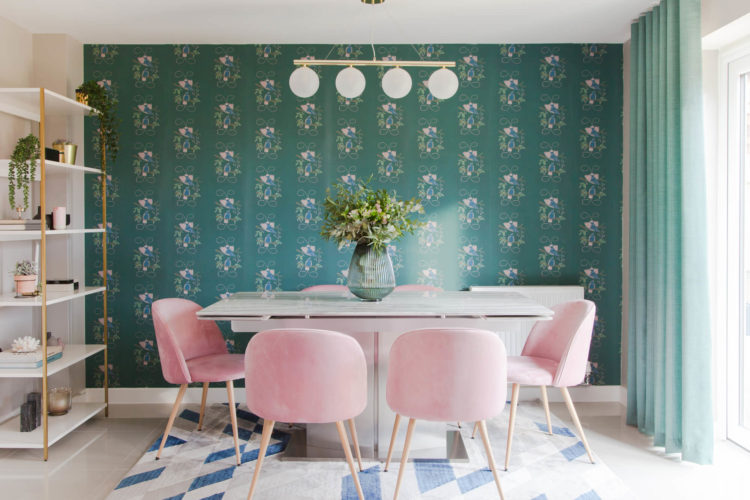
This podcast is for all of us but thank you to the following who shared their experiences. I am naming and linking to them all here in this post but listening will bring a greater understanding. It was brave of you to come foward and we are thankful to be given a chance to learn. First was Gemma Samuels, at Happi Habitat, who decided to start up her own business rather than jump through hoops after seeing the lack of faces similar to her own. Melody, @architravelmel, wrote to Sophie at 4am, after we asked for you to share your experiences, wondering why, after having graduated from her interior design course in the top three, she was the only one, a year later, who is still to find any work. She’s the only black one too. Or Angie, @somethingbluehome, who was told the internship had been filled when her CV, with a photo turned up, but discovered, when a white friend applied for the same position a few days later, that recruitment was very much still active.
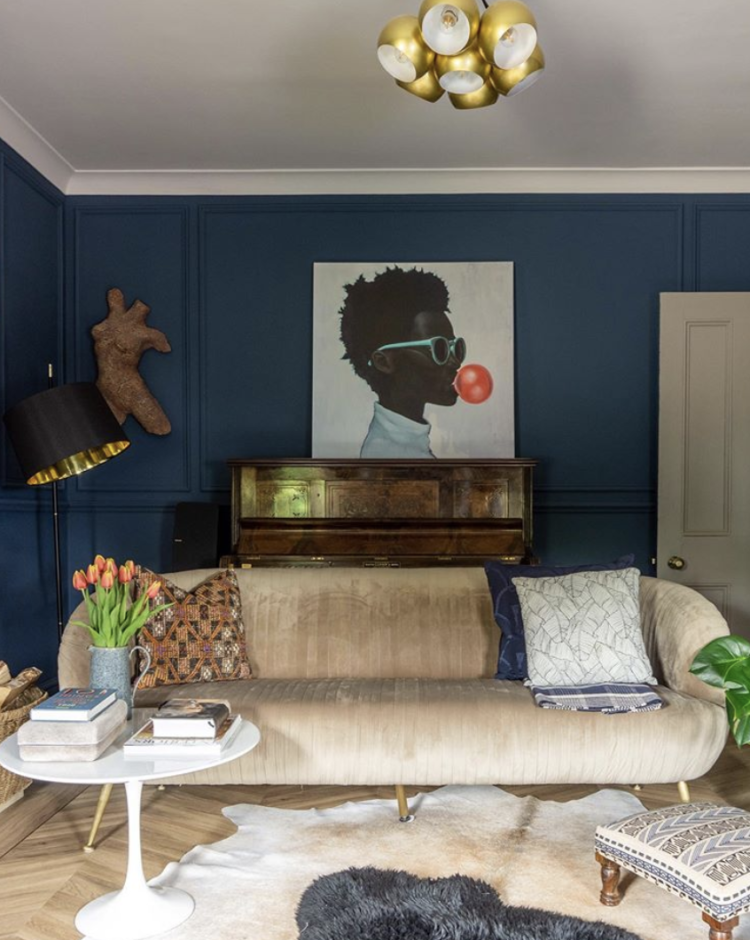
Delali Foli, @decorbydelali, found blogging exhausting as it was assumed that, as a black woman, her audience would only be black. She felt reduced from a multi-faceted, talented woman, to a single issue and eventually stopped altogether. Poonam Sharma, @modernluxeblog, has become used to being the only black face at press events. And she called on brands to take this opportunity to listen and learn.
Terian Tilston, @teriantilston_interiordesign, a former lawyer turned interior designer, and contestant on last year’s Interior Design Masters, asks for an end to tokenism and for a genuine mix of talent. Rukmini Patel, @rukminipatelinteriordesign, a British Indian, points out that not only does she rarely get white clients but that she is hired by Indians on the basis of her name without them even bothering to look at her portfolio. We all need to open our eyes.
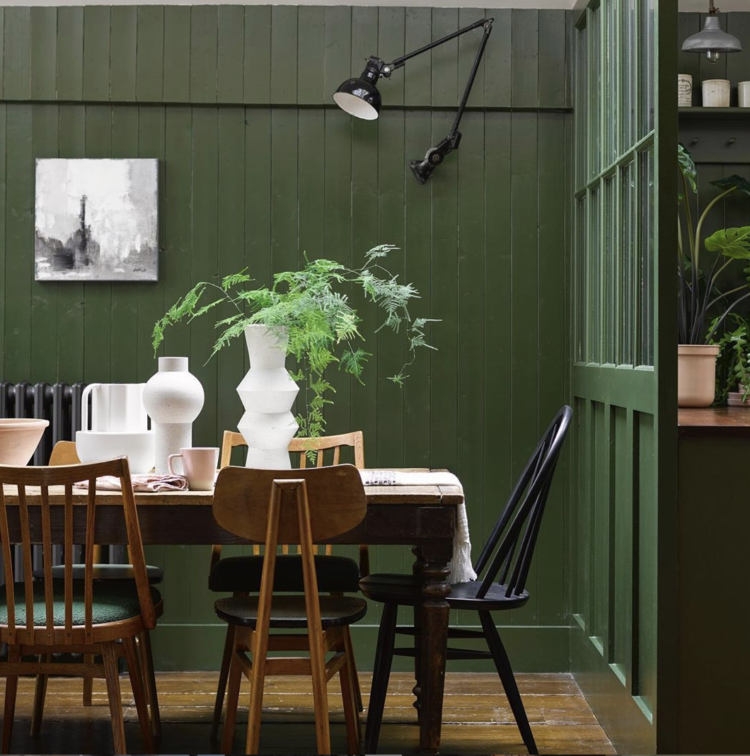
And Sarita Sharma, @saritastylist, says she is often asked to paint a nude shade on jobs but queries what does the colour nude mean to you? We all need to question our assumptions. Jecks Stone, of @personaabode, says she is often treated as a client rather than an exhibitor when she arrives at trade shows and always asked to show her badge. But she remains hopeful the industry can, and will change.
Eva Sonaike, @evasonaike, whose products are stocked worldwide from Liberty of London to Lagos, New York and Hong Kong, says it’s lonely at trade shows and she is very aware of not just the need to work ten times harder than her white counterparts but to be a role model to others of Afro-Caribbean descent to show them there is a way in.
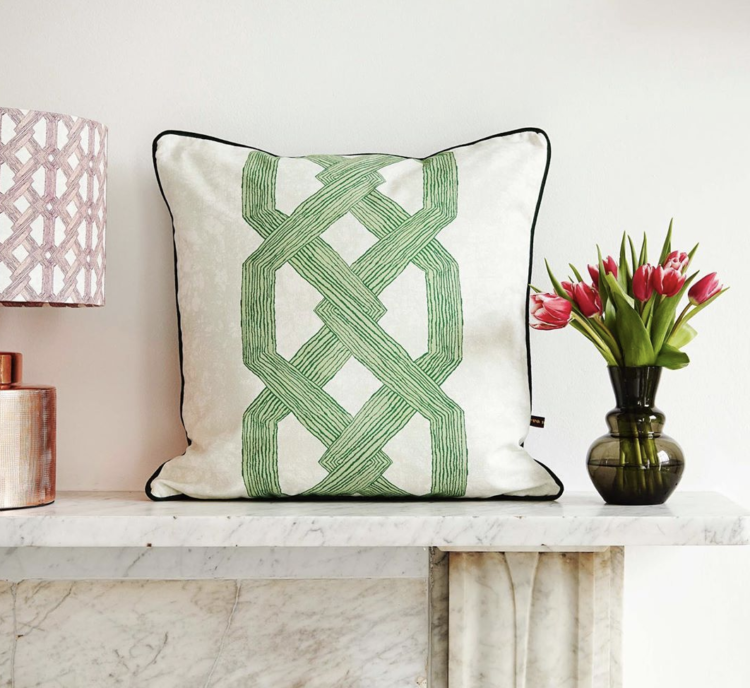
Camellia Odojukan, @mrsodojukan, and Bhavin Taylor, @bhavintaylordesign, lament this lack of role models. When you see no-one like you it’s easy to assume the industry is not for you.
I shared Busola Evans’ and Michelle Ogundehin’s words with you last week on my post about the lack of diversity in design as well as the experience of Charmaine White, of The White House Interiors, who ponders whether a network of Black Interior Designers is a solution or just keeps people more separate? I don’t know the answer to that.
Like I say, we don’t have a solution but we hope, that by listening to these voices we can all work towards a more inclusive world. As Simon Hamilton, a former international design director at the BIID (British Insitute of Interior Designers, says; how can it be right that he is usually in a minority of one in such a large, multi-cultural capital city such as London?
Thank you all for taking part and we’re sorry to those we couldn’t include on this occasion.
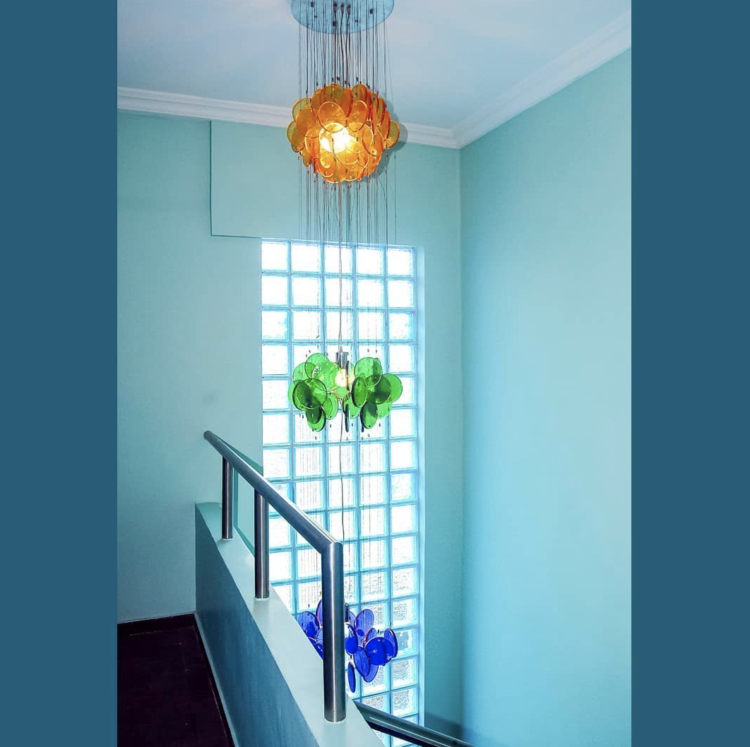
For the next part of the show, we were delighted to chat to Marianne Shillingford, the creative director of Dulux. Initially I wanted to know about changing colour trends in a pandemic (remember that) but Marianne also flagged up the imminent launch of an award she set up. The Colour in Design Awards 2020 will launch shortly to help new designers find success in their field of creativity. So spread the word because it’s open to all and Marianne really hopes that young BAME designers will feel confident and encouraged to come forward this year.
She spoke of one example where a designer made gym equipment for disabled children and each colour represented a different activity so they knew what to do when they saw each colour – purple for jump, red for run for example. You can read more about past winners here but do have a rummage round the whole site and see if you want to enter.
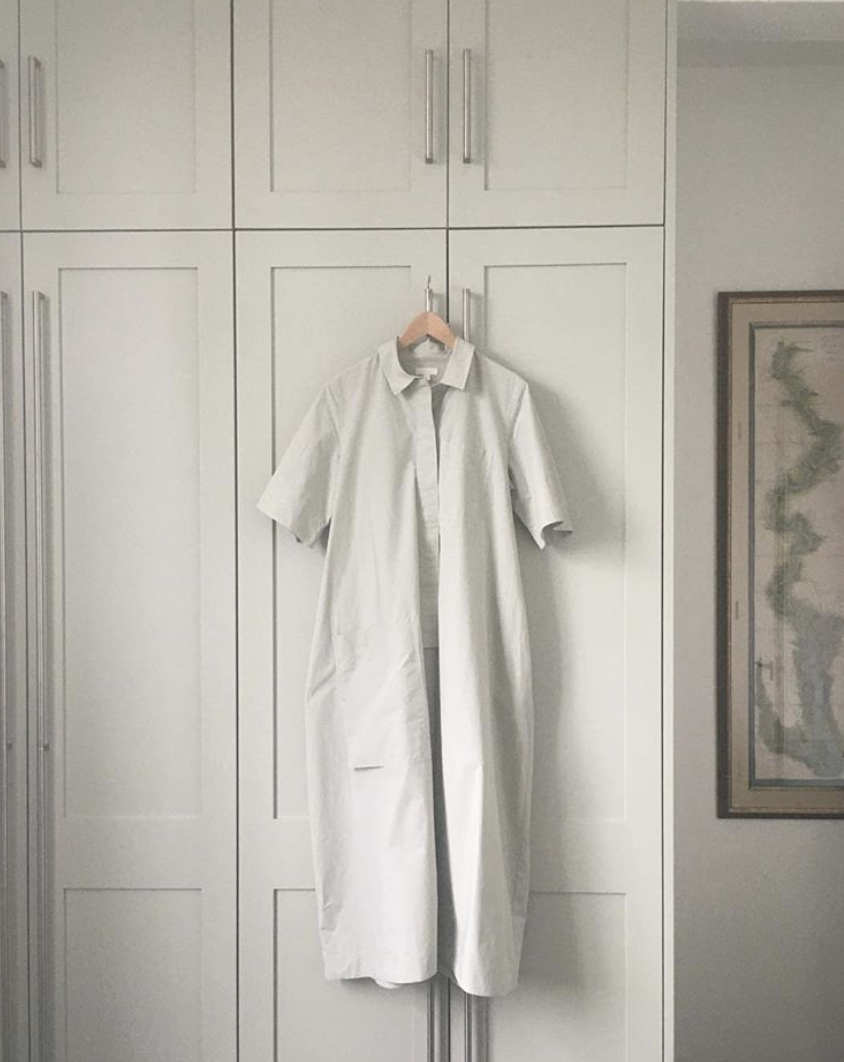
“I founded the award to reward and recognise great use of colour in design. It’s about a new new and young people coming into the industry and seeing what they do. In the last few years I have seen more people of a greater diversity of background coming through. There are still not enough of them with a different story to tell of their culture and background, but there is something happening out there,” she said.
“There is a greater confidence. After all, the most risky thing a young person can do is invest themselves in a precarious industry – that takes confidence. We need to encourage more confidence that there is something for everybody. It is our job to help the next generation and as white, privileged, middle-class women we have a role to play and we need to play it more.”
Marianne also spoke about her role on Colour Futures, the forecasting team that announces the colour of the year every autumn. This year, you may recall it was Tranquil Dawn (personally I can’t help thinking that Burning Sunset might have been more apt) but she explained that the soft green, picked some 18 months ahead, reflects a whole global story. The colour for 2021 has already been chosen and the pandemic is only one small element of what is happening in the world. Which is a point worth remembering when it has been so all-consuming over the last three months.
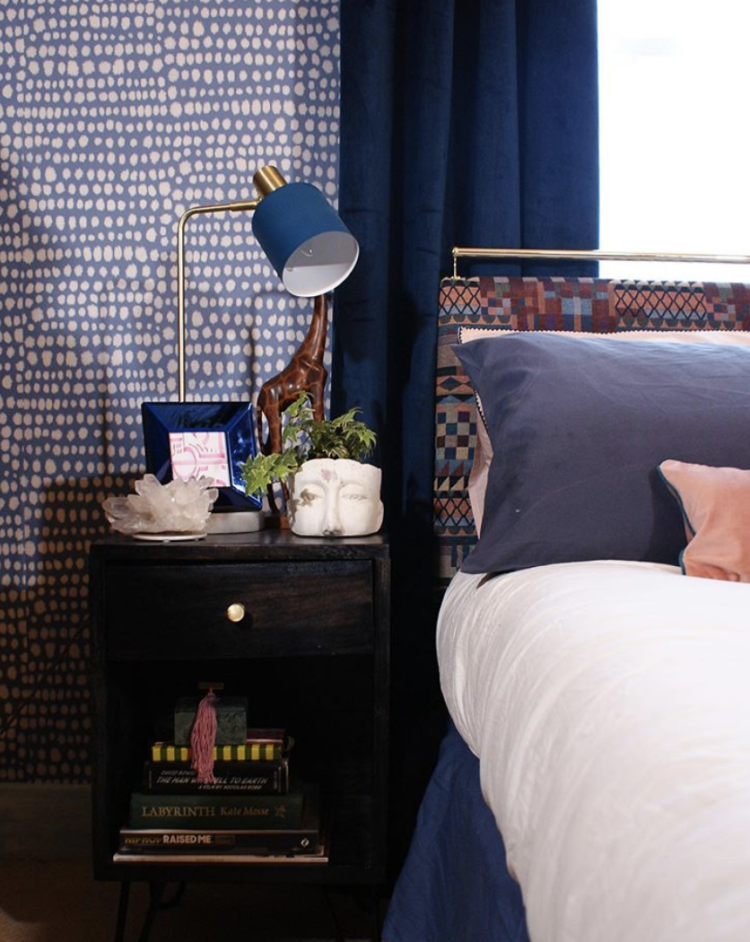
“The human condition is the most important part of it and we are still seeing the same stories – a return to nature, to the familiar places where we can feel safe in this digital age.”
So look out for the colour in 2022 where effects of current events may be seen in the colours we are drawn to.
Marianne also gave some great advice for those who find it hard to pick out colours for their rooms. We are all more aware of the emotional impact of colour these days which can make picking the right one even more stressful as we worry not only if we like it but if it will affect our mood adversely.
“One of the things we find easy is to buy small things that we can move around and live with for years and years but when it comes to committing to a big thing, like a colour on a wall we get scared. So look to the small things like a piece of art or a beautiful cushion that you might have had for years.
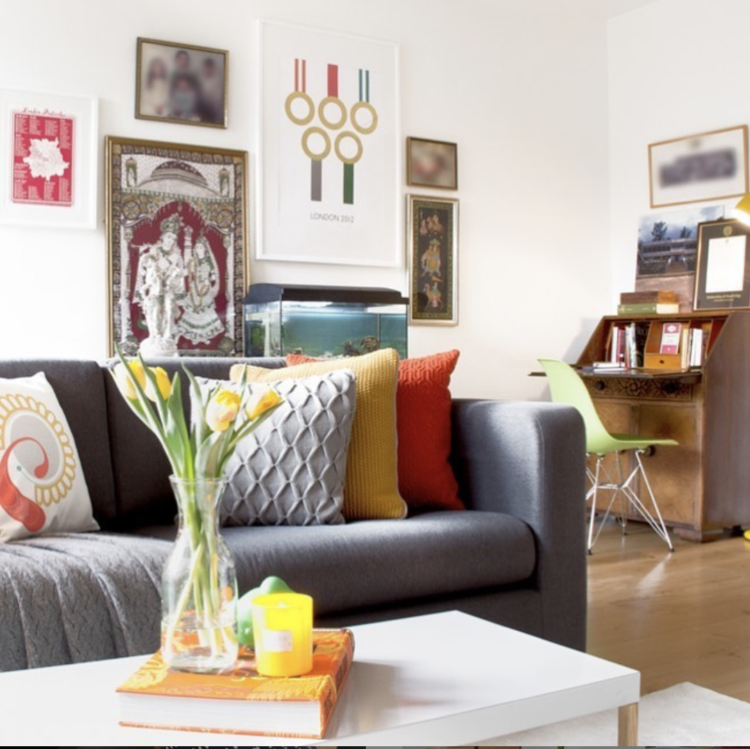
“That’s where that magic colour lives. So use a tool like a visualiser to see that colour spread over all the walls. At Dulux, we have developed a visualiser app that you can hover over the colour to help you pick out shades from the existing Dulux range. It will also offer you a range of co-ordinating colours to go with it.
“That way you can see how a room will look and how you feel about large blocks of that colour.”
You should then be able to narrow down the number of tester pots you buy – remember a colour on screen is not the same as the real colour on your real walls. And the feature wall?
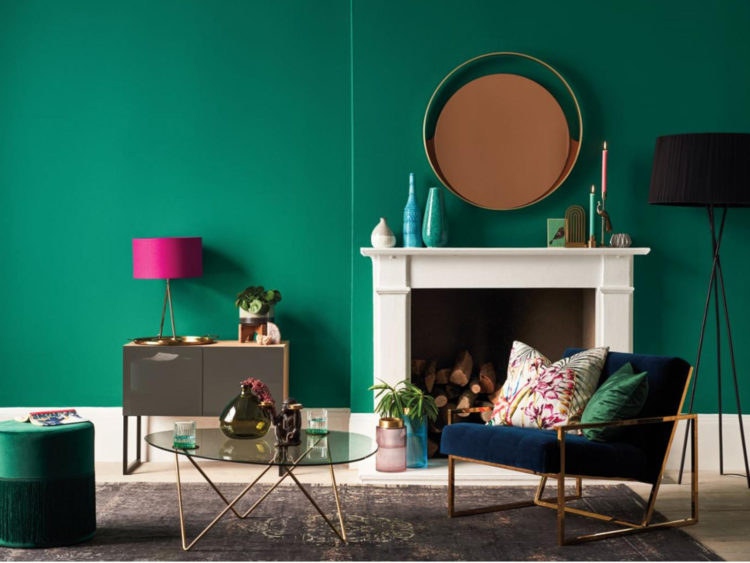
“We cannot be half-married,” she says. “You cannot be in bed with one foot on the floor. So do the whole room and commit. It’s a four-wall strategy.”
And a four wall, all inclusive, wrap-around strategy sounds like a good plan for life to me.
I want to end by thanking not only all those men and women who came forward to speak on the podcast this week but also to Kate Taylor of Feast Collective, our producer, who worked so hard against the rigours of homeschooling a two-year-old and a four-year-old during a pandemic to put together this show by remote with Sophie and I dialling in from our respective duvet dens and co-ordinating all the separate voice notes. Thank you also to Geberit, our sponsor. Not only are they extremely supportive of the show, but they welcomed a last minute change of content and dropped everything to write a press release announcing what we were talking about. Thank you. All of you.
For anyone who would like to donate, here is a list of organisations:
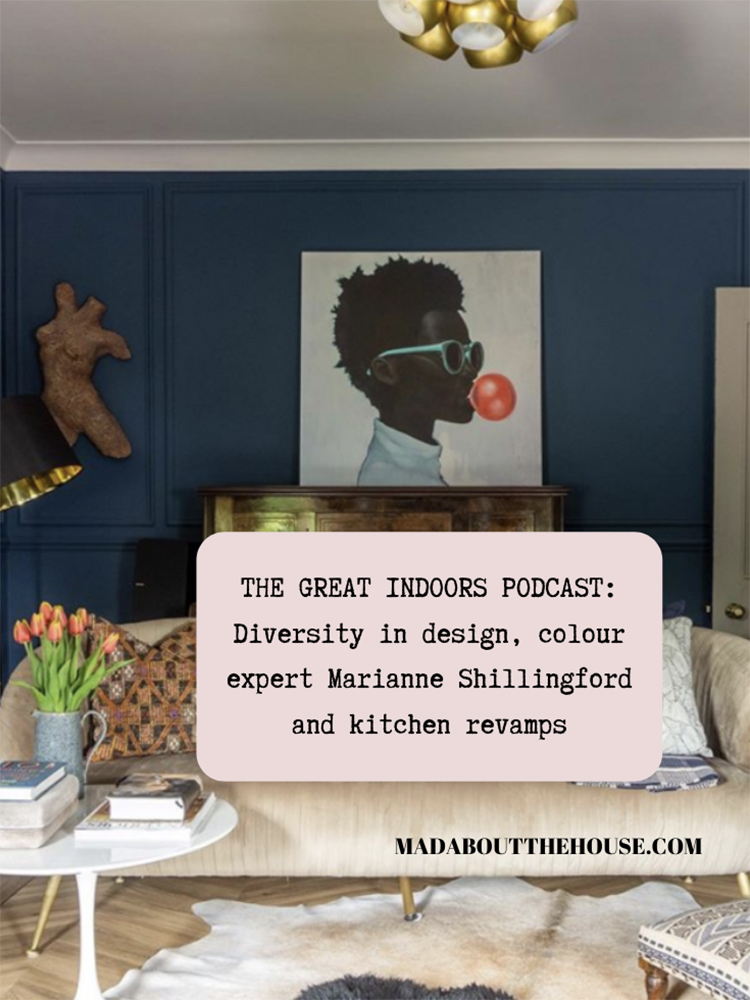

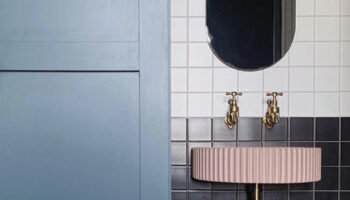
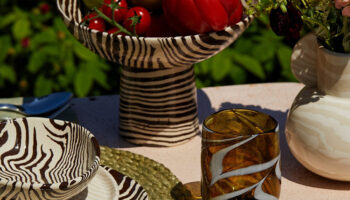
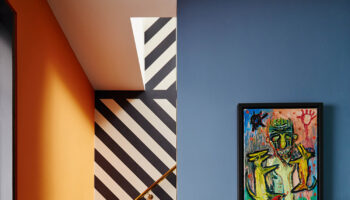
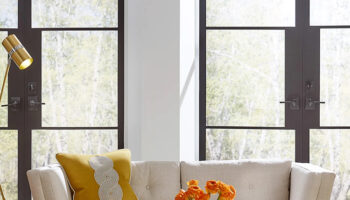
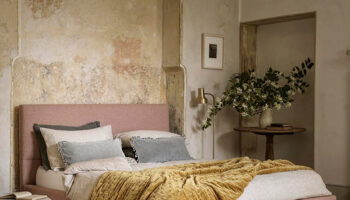
Definitions of diversity include both people of different ethnic and socioeconomic backgrounds. Marianne Shillingford says ”It is our job to help the next generation and as white, privileged, middle-class women we have a role to play and we need to play it more.”
I wonder if people in positions of power are really motivated to do what needs to be done. These leaders have a surfeit of social capital which is invaluable in getting an entree into employment, especially in fields that are difficult to breach. Are these leaders willing to challenge unpaid internships that benefit their children/nieces/friends’ offspring etc? The uncomfortable truth is that moving to a meritocratic system produces winners and losers. Are those benefitting from the current system willing to give something up?
Thank you. A timely post, long time coming.
Thank you so much for such an informative and interesting post. I shall look at all the work these fabulous (?young) people do
Thanks for this post Kate – what an eye-opener. Having worked abroad for over 30 years in a multi-cultural environment, with colleagues from more than 100 countries and of every skin tone, I find it profoundly sad that in 2020 people of colour are still experiencing discrimination in any form. Teams are stronger when they are diverse, rather than being composed of people with similar backgrounds and views. Employers would do well to consider that. Angie’s story is shocking – especially when she is clearly very talented. Her blue house is gorgeous btw.
Christina is the most talented interior designer I have come across – [email protected] – she opened my eyes to designers I would not have known about and took me to studios in The UK I had never heard of
Do look her up – her portfolio is simply amazing